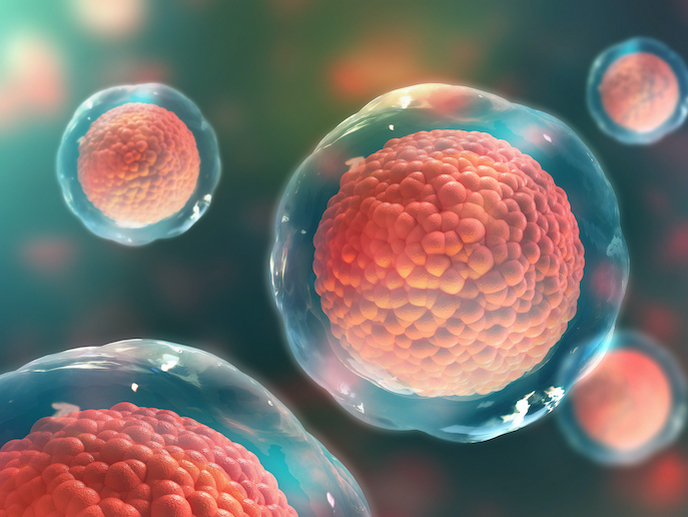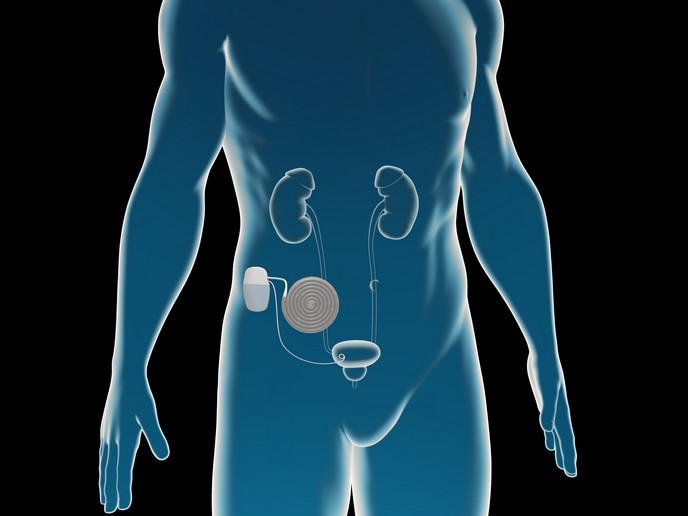A cellular therapy-based cure for type 1 diabetes
Amongst the 415 million cases of diabetes worldwide, 5 % are classified as type 1 (T1D). An incurable disease caused by the autoimmune destruction of insulin-producing pancreas cells, T1D is increasing at a rate of 4 % per year. With this alarming epidemiological data in mind, there are numerous initiatives working to develop a cellular treatment for T1D that replenishes the missing beta cells(opens in new window) with exogenous cells. One of these initiatives is the EU-funded LSFM4LIFE project, which is dedicated to developing a lab-based process for mass producing 3D cellular structures(opens in new window) of insulin-producing cells. “Currently, T1D is treated using life-saving daily injections of insulin,” says Francesco Pampaloni, scientific manager and coordinator of the LSFM4LIFE project. “Although insulin allows T1D patients to live their lives, there are limitations, which is why we are dedicated to using stem cells to develop a cellular therapy-based cure.” Pampaloni is a staff scientist at the Buchmann Institute for Molecular Life Sciences(opens in new window), part of the www.goethe-university-frankfurt.de (Goethe University Frankfurt’s) Physical Biological Group. He currently leads the group’s research on 3D cell biology.
A source of stem cells
Ideally, cellular therapy of T1D with stem cells works as follows. First, a biopsy containing adult pancreas stem cells is obtained from a living donor. These stem cells are then cultured in large quantities in bioreactors following biotechnological industrial processes. The number of produced cells is sufficient to treat many T1D patients. The stem cells are differentiated to insulin-producing beta cells and transplanted into the patient. Once transplanted, the cells react to the glucose concentration in the blood, supplying the necessary amount of insulin. The LSFM4LIFE project is committed to developing an efficient process for obtaining the necessary pancreas stem cells. According to the project, human pancreas organoids(opens in new window) (hPOs) represent one of the most suitable sources of pancreas stem cells for the cellular therapy of T1D. To establish a cellular therapy for T1D with hPOs, the project focused on four pillars: production, quality control, standardisation and compliance. “During the production phase, we created a cell bank of hPOs for long-term production,” explains Pampaloni. “We also ensured that the hPOs were genetically stable, meaning they would not go on to form a tumour after being transplanted in the host, and that they could be safely transplanted in vivo.” The project also conducted analysis and quality control of the hPOs using advanced light microscopy(opens in new window) and, in particular, light sheet fluorescence microscopy(opens in new window) (LSFM). Researchers developed a fully synthetic 3D scaffold to grow hPOs without using animal-derived products – a necessary step to ensure the safety of the patients. Furthermore, the project achieved a good manufacturing practice(opens in new window) for producing hPOs for clinical trials.
Advancing the state of the art
According to Pampaloni, the LSFM4LIFE project succeeded in advancing the state of the art for a cellular therapy cure for T1D. “I am proud that we achieved many of the steps necessary to bring a cure to diabetes type 1 patients,” he says. “With LSFM4LIFE, we accomplished the fundamental steps needed to provide a solid base for developing a T1D therapy based on hPOs.” Researchers are currently working to develop a robust procedure to differentiate the stem cells into efficient beta cells that secrete insulin in a sufficient amount and reliably react to glucose changes.







